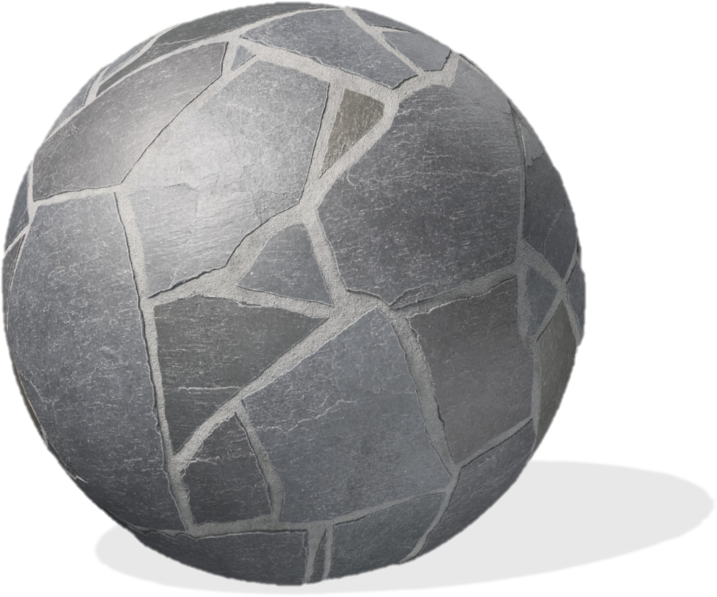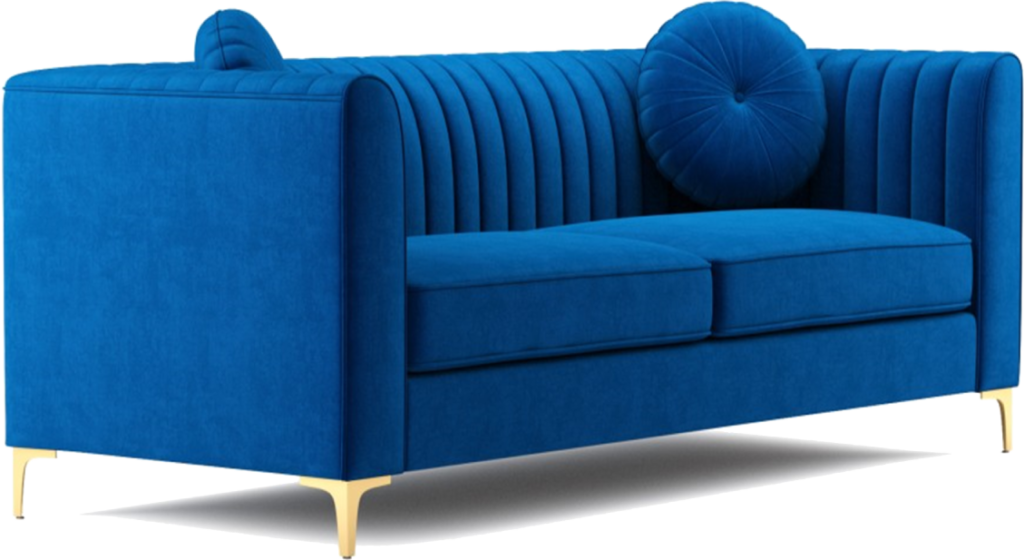3D Modeling
In 3D computer graphics, 3D modeling is the process of developing a mathematical representation of any surface of an object in three dimensions via specialized software.
3D modeling and texturing are all extremely popular nowadays because such technologies are becoming ever more available now.
Creating a 3D image, whether it’s for production or just animation and rendering, requires creating a 3D file. When creating a 3D model, you need to know where it will be used. Much depends on this factor, such as what rules and constraints should pay attention to model development. Creating an animation model is drastically different from creating a VR application or mobile apps model.
After all, it matters whether the model is realistic, so there are heavy and detailed models used for animation. On the other hand, when creating a 3D model us is constrained by the game engine, console boundaries, or mobile platform. In this case, we consider the interactivity and stability of the model, the visual aspect is moved to second place.














